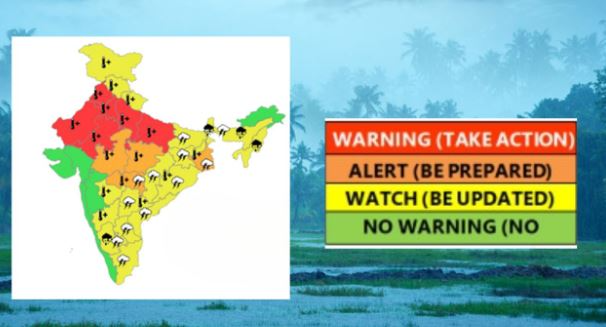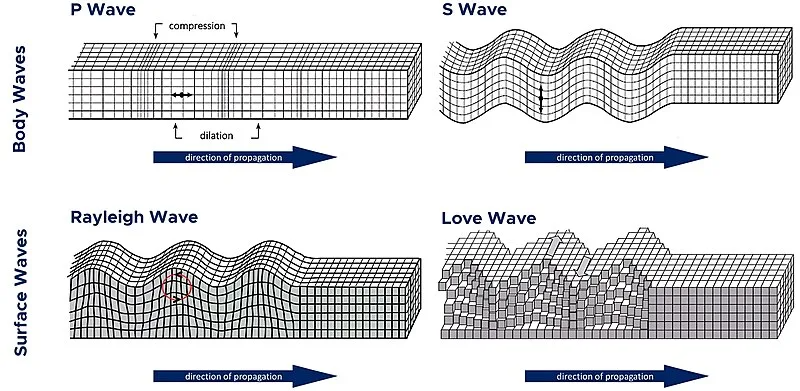July 23rd Current Affairs

Operation Sindoor
July 21st Current Affairs Home / Operation Sindoor Why in News? Parliament’s Monsoon Session, starting July 21, 2025, is expected to feature

Alaska Earthquakes
July 21st Current Affairs Home / Alaska Earthquakes Why in News? On July 21, 2025, Alaska Peninsula was struck by

August 2, 2027 Solar Eclipse
July 21st Current Affairs Home / August 2, 2027 Solar Eclipse Why in News? A total solar eclipse is set

India’s milestone in clean energy transition
July 21st Current Affairs Home / India’s milestone in clean energy transition Why in News? India achieved a milestone by

‘Baby Grok’, child-friendly AI app
July 21st Current Affairs Home / ‘Baby Grok’, Child-friendly AI app Why in News? Elon Musk’s AI company xAI has announced

Impeachment proceedings against Justice Yashwant Verma
July 22nd Current Affairs Home / Impeachment proceedings against Justice Yashwant Verma Context On July 22, 2025, impeachment proceedings against
Karnataka Rains – IMD Orange Alert

Context
Karnataka is experiencing continuous heavy rainfall, particularly in its coastal and Malnad regions, such as Uttara Kannada, Dakshina Kannada, Udupi, Shivamogga, Chikkamagaluru, Hassan, and Kodagu. These areas have already received considerable precipitation over the past few days, prompting the India Meteorological Department (IMD) to issue an Orange Alert for the next 24 hours. This ongoing spell of rain raises concerns about landslides, flash floods, and other disasters in saturated and vulnerable zones.
Work of the IMD
The India Meteorological Department (IMD), under the Ministry of Earth Sciences, is responsible for weather forecasting, early warning dissemination, and climate monitoring across India. It utilizes satellite data, radar observations, and numerical weather prediction models to issue real-time alerts. In this case, IMD has been monitoring synoptic-scale systems such as the monsoon trough and low-pressure areas that intensify rainfall in southern India.
The issuance of an orange alert signifies potentially dangerous weather, and IMD plays a key role in coordinating with state disaster management authorities for necessary mitigation efforts.
Role of the Ministry of Earth Sciences (MoES)
The MoES is the nodal ministry for weather, climate, ocean science, and seismology in India. It oversees various agencies, including IMD, Indian National Centre for Ocean Information Services (INCOIS), and the National Centre for Medium Range Weather Forecasting (NCMRWF).
MoES ensures scientific and technological support to understand extreme weather events and to bolster India’s climate resilience through real-time forecasting, public alert systems, and disaster preparedness protocols.
What Are Rain Alerts?
Rain alerts are official advisories issued by the IMD based on expected rainfall intensity and impact. They aim to:
- Warn the public
- Enable disaster preparedness
- Mitigate loss of life and property
Alerts are based on quantitative precipitation forecasts (QPF) and are scaled according to severity and geographic spread.
Definition of Technical Terms
- Flash Floods: Sudden floods caused by intense rainfall, usually within six hours, especially in low-lying areas.
- Landslides: The collapse of a mass of earth or rock from a mountain or cliff, often triggered by prolonged rainfall.
- Saturation: A state where the soil has absorbed maximum moisture, reducing its ability to absorb further rain, thereby increasing runoff.
- Synoptic Systems: Large-scale weather systems like low-pressure areas or monsoon troughs that govern rainfall patterns over regions.
Color Coding of Alerts
IMD uses a four-color alert system to communicate the intensity and urgency of weather events:
🟢 Green: No warning, normal weather.
🟡 Yellow: Watch—Be updated.
🟠 Orange: Alert—Be prepared.
🔴 Red: Warning—Take action.
An orange alert like the current one in Karnataka indicates heavy to very heavy rainfall (64.5 mm to 204.4 mm) with potential local disruption.
Way Forward
- Strengthen Local Disaster Preparedness: District administrations must activate disaster response mechanisms, especially in landslide-prone zones.
- Community Awareness: Use media and local language alerts to reach vulnerable communities.
- Infrastructure Resilience: Improve drainage systems, strengthen embankments, and ensure landslide mitigation structures in hilly areas.
- Inter-agency Coordination: Between IMD, NDMA, State Disaster Management Authorities (SDMAs), and local panchayats.
- Tech Integration: Expand the use of Doppler Radars, AI-based forecasting, and mobile alert apps for better outreach.
Prelims MCQ
Q. Consider the following statements:
- An Orange Alert issued by IMD indicates that no action is required but authorities must stay informed.
River overflows, rather than rainfall typically cause flash floods.
Which of the statements given above is/are correct?
A. 1 only
B. 2 only
C. Both 1 and 2
D. Neither 1 nor 2
Answer: D. Neither 1 nor 2
Explanation:
Statement 1 is incorrect: Orange alert means “Be Prepared” — it requires readiness, not passive monitoring.
Statement 2 is incorrect: Flash floods are often caused by intense rainfall, especially in urban and hilly areas, and not always due to river overflow.
Mains Question
Q. Discuss the importance of early warning systems in disaster management in India. Critically examine the role of technology and inter-agency coordination in managing hydro-meteorological disasters. (250 words)




